Feeling hopeless? A therapist explains why you might be grieving the state of our world.
Even without seeing tragedies firsthand, it’s still likely that most of us are grieving.
Last Sunday night, my fiancé and I went to an early evening viewing of "Ghostbusters."
We grabbed our snacks, settled into our seats, the lights dimmed, and then the standard pre-movie reminder about "noticing which exits are around you in case of emergencies" was announced. And I felt a wave of panic grip me.
"What on earth is this about?!" I thought to myself shakily.
Taking some deep breaths, I put on my therapist hat and suddenly remembered 2012’s "Dark Knight" shooting in Colorado and 2015’s "Trainwreck" shooting in Louisiana.
Photo by Kevork Djansezian/Getty Images.
My panic was tied to a subconscious fear of being in danger at a movie theater.
It was a very real stress response to the seemingly endless violence and tragedy I've been seeing on the news.
And it was especially poignant for me after watching mass shootings on the news in recent years and the past few weeks, many of which have taken place in otherwise "safe," contained environments like dance clubs, concert venues, cafés, McDonald's, traffic stops, and churches.
In fact, scientists now know that this is pretty common. Being exposed to violent news events via social media can cause us to experience symptoms similar to post-traumatic stress disorder (PTSD).
According to a 2015 paper from The British Psychological Society:
"Social media has enabled violent stories and graphic images to be watched by the public in unedited horrific detail. Watching these events and feeling the anguish of those directly experiencing them may impact on our daily lives."
This phenomenon is called "vicarious trauma."
It is something that helpers like psychotherapists, social workers, doctors, and aid workers (among others) often deal with as an occupational hazard from being exposed to the repeated violent or traumatic stories of those they serve.
But because of everyone’s constant exposure to terrible events on the news these days, all of us are at a heightened risk for experiencing vicarious trauma, no matter where we are.
So those feelings you have after watching the news these days? The numbness, the apathy, the persistent anxiety, the intrusive thoughts, the feelings of hopelessness and helplessness? Those are all normal. You’re probably experiencing grief.
"Vicarious grief" might look familiar to you because you've probably seen the stages of it in your news feed: denial, anger, bargaining, depression, and acceptance.
This five-step process of grieving is sometimes called the Kübler-Ross model after the pioneering grief work of Swiss psychiatrist Elisabeth Kübler-Ross, M.D. And now, social media has given us all a way to see and express our individual and collective grief in public.
Photo via iStock.
Here’s what I mean:
Scrolling through our feeds, we’ve all inevitably seen people express sentiments of shock, disbelief, and denial about yet another mass shooting, another incident of police brutality against unarmed black men, another horrific hostage situation, or a frustrating election cycle.
Denial can be seen when hashtags emerge and trend; shock is expressed, and disbelief is shared.
Anger, the second stage of grief, can be seen when a social media wave of anger breaks across our smartphones and laptops. We see and feel anger over someone who was taken away too soon from us, and we feel anger that we live in a world where traumatic news weeks are the norm, not the exception.
Changing profile pictures and banners, sharing and signing petitions, making donations and sharing articles of thought leadership — all of this can allow us to use social media take some kind of action, however small. For many of us, this can help to counter the inevitable feelings of helplessness and hopelessness these traumatic events can trigger. This, in essence, is bargaining — an attempt to take action to avoid encountering bad things again.
And as for depression and acceptance? Perhaps these stages of grief are less visible online. Often, depression can look more like what you might be feeling this week — perpetual feelings of apathy, numbness, and hopelessness. Perhaps depression looks, for you, like avoiding all media consumption. Or maybe it even looks like an increased sense of irritability and weariness in your own life.
As for acceptance, it’s debatable whether or not that’s even possible online or off these days given the never-ending series of tragedies. My hope is that we’ll get there.
Grief — whether online or off — is not clear cut. It’s not compartmentalized.
The people who were present at a traumatic event will experience grief and trauma differently than the rest of us will as secondary witnesses.
But without seeing an event firsthand, it’s still likely that most of us are grieving the tragedy, terror, and loss of direction that is 2016. You are allowed to have, and to share, those feelings.
Plus, grieving online is a new phenomenon: It is complex, multilayered, and often unconscious, and it looks far more like a tangled wire ball than a linear line of conscious emoting.
So what’s to be done, then, about the state of things?
We live in challenging, hyper-connected times. Social media is at the core of many of our interactions, if not constantly in our hands.
What’s the balance to strike when it comes to using social media to stay informed and to grieve in this new digital age while being mindful of how strongly this can affect our own emotional well-being?
As a therapist, I’d like to recommend that you practice self-care, get support from those who love you, seek out help from professional mental health experts when you need it, and remember that watching these events from afar can affect you.
As you work through your own grief, as you make your way toward acceptance, as you take action against the difficult things you’re seeing, and as you scroll through Facebook before bed, please take very good care of yourself, online and off.
Feel what you feel. Share what you need to share. You are worth it.



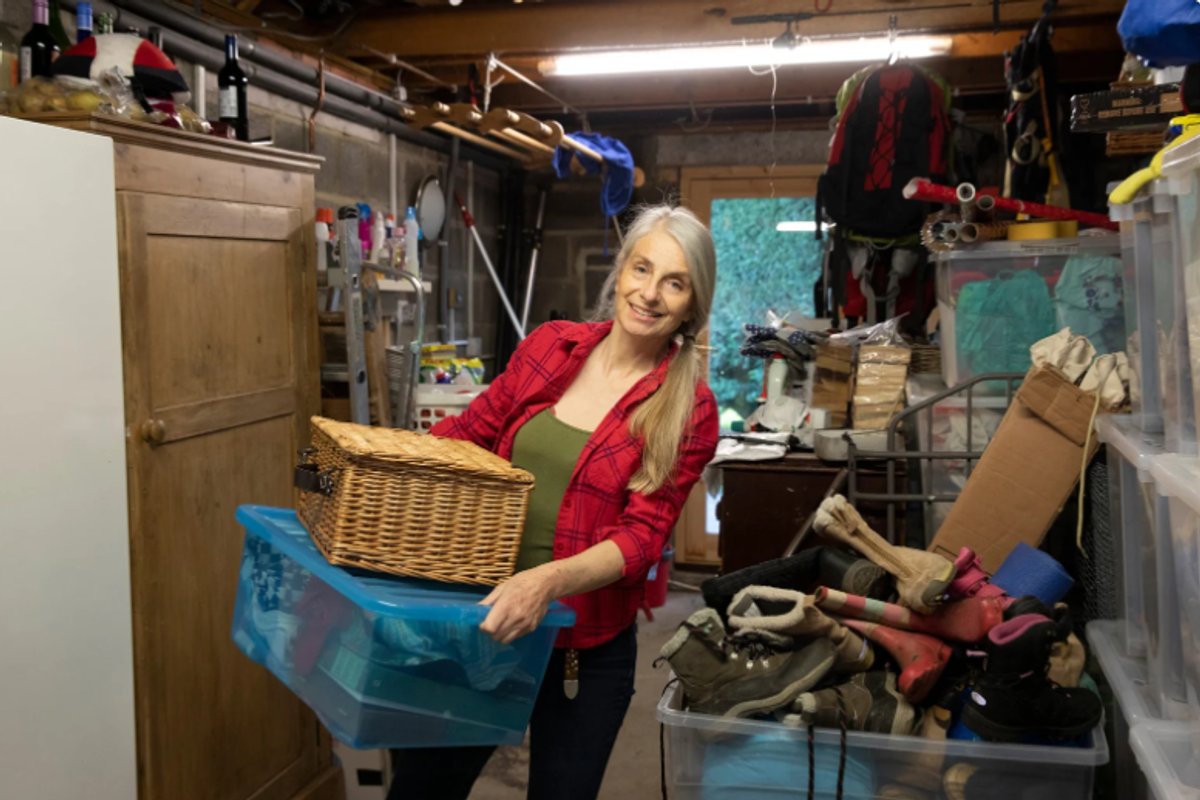

 Coworkers laughing in the hallway. via
Coworkers laughing in the hallway. via A man and woman enjoying a conversation.via
A man and woman enjoying a conversation.via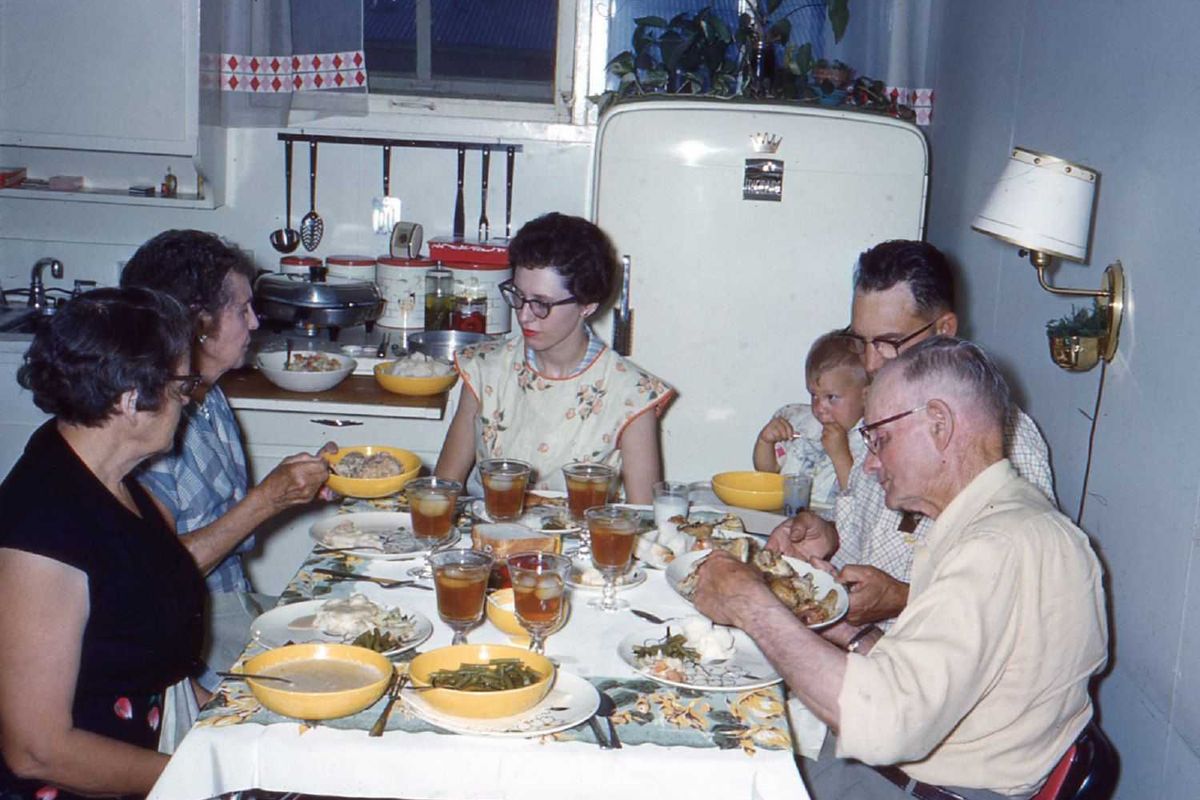


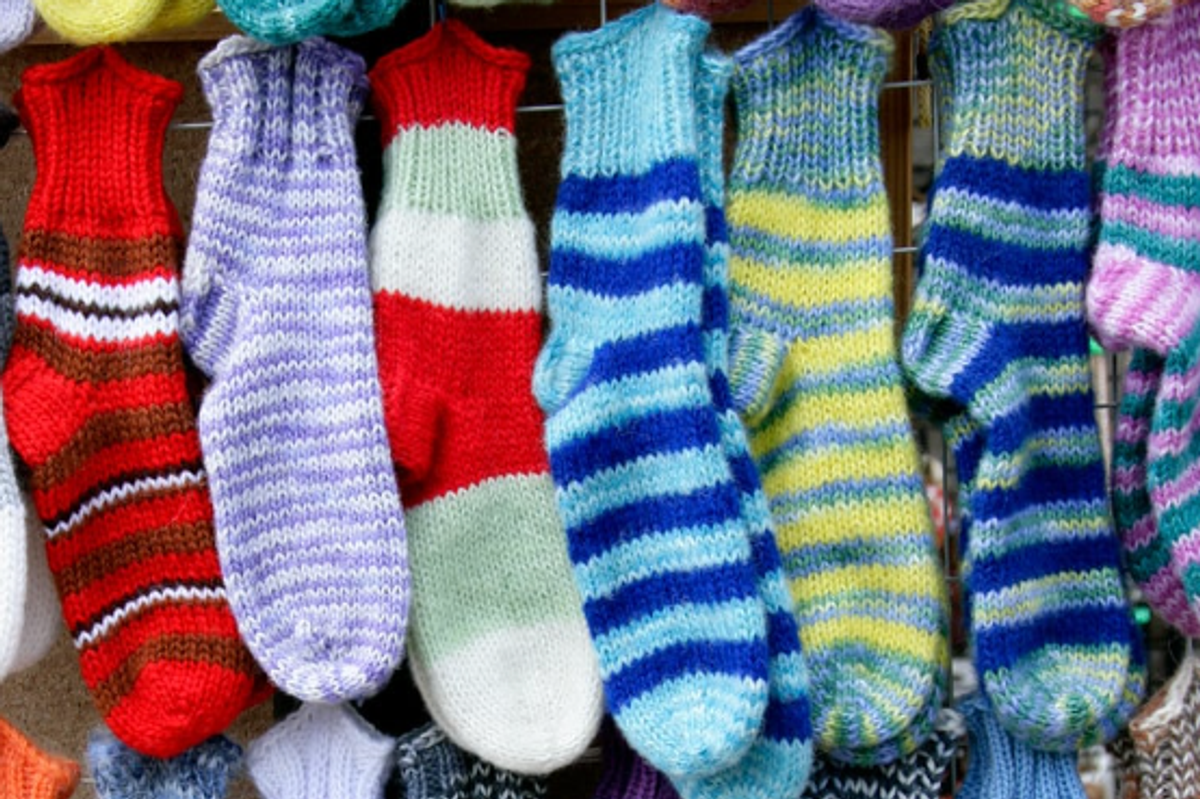 Colorful knitted socks hanging on display.
Colorful knitted socks hanging on display.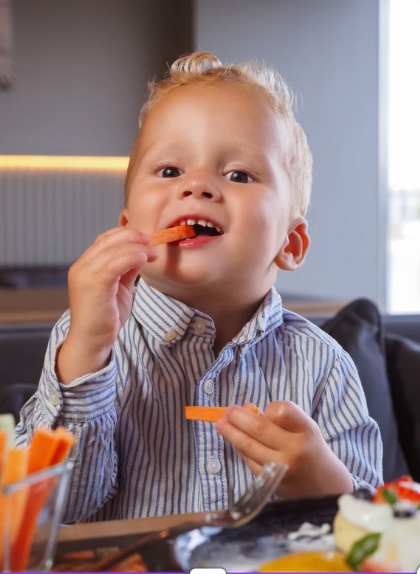 Little one enjoying a crunchy carrot snack! 🥕
Little one enjoying a crunchy carrot snack! 🥕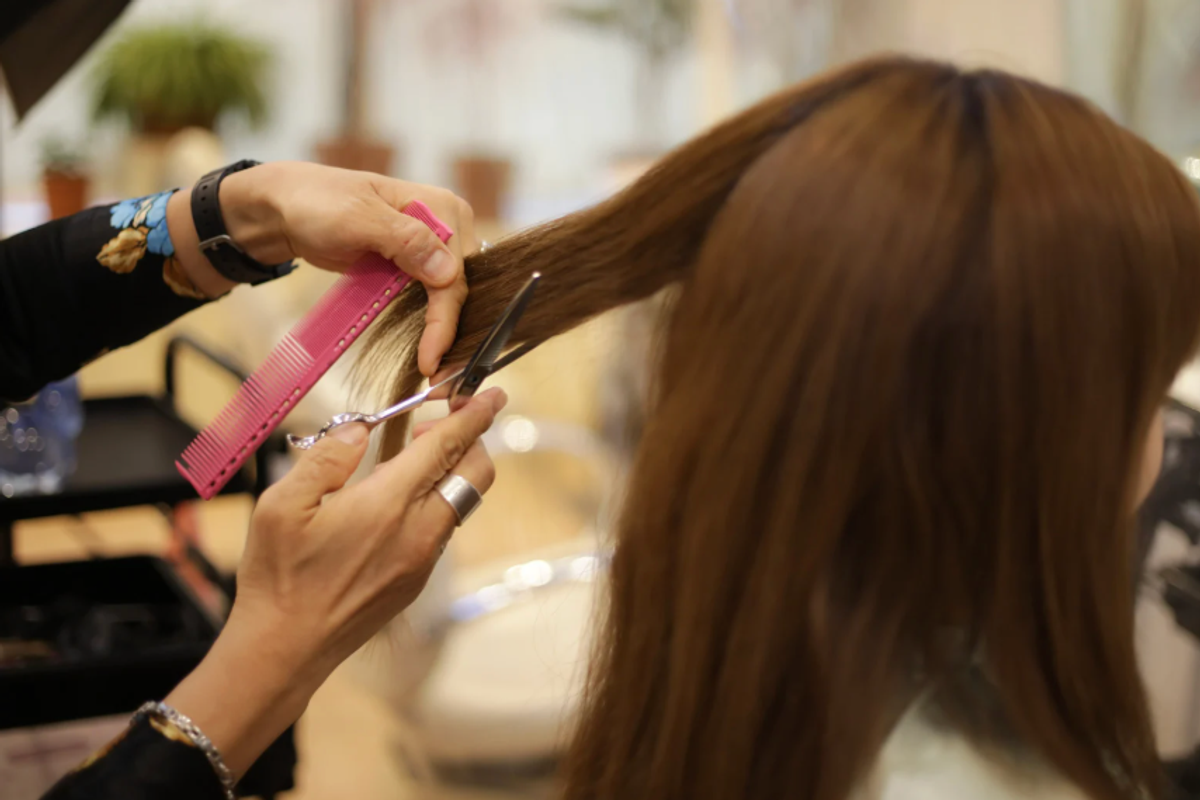 Fresh haircut underway in the salon.
Fresh haircut underway in the salon. Joyful laughter under the sun.
Joyful laughter under the sun.